Learn more about tips for how to teach the alphabet using a multisensory approach for letter recognition…
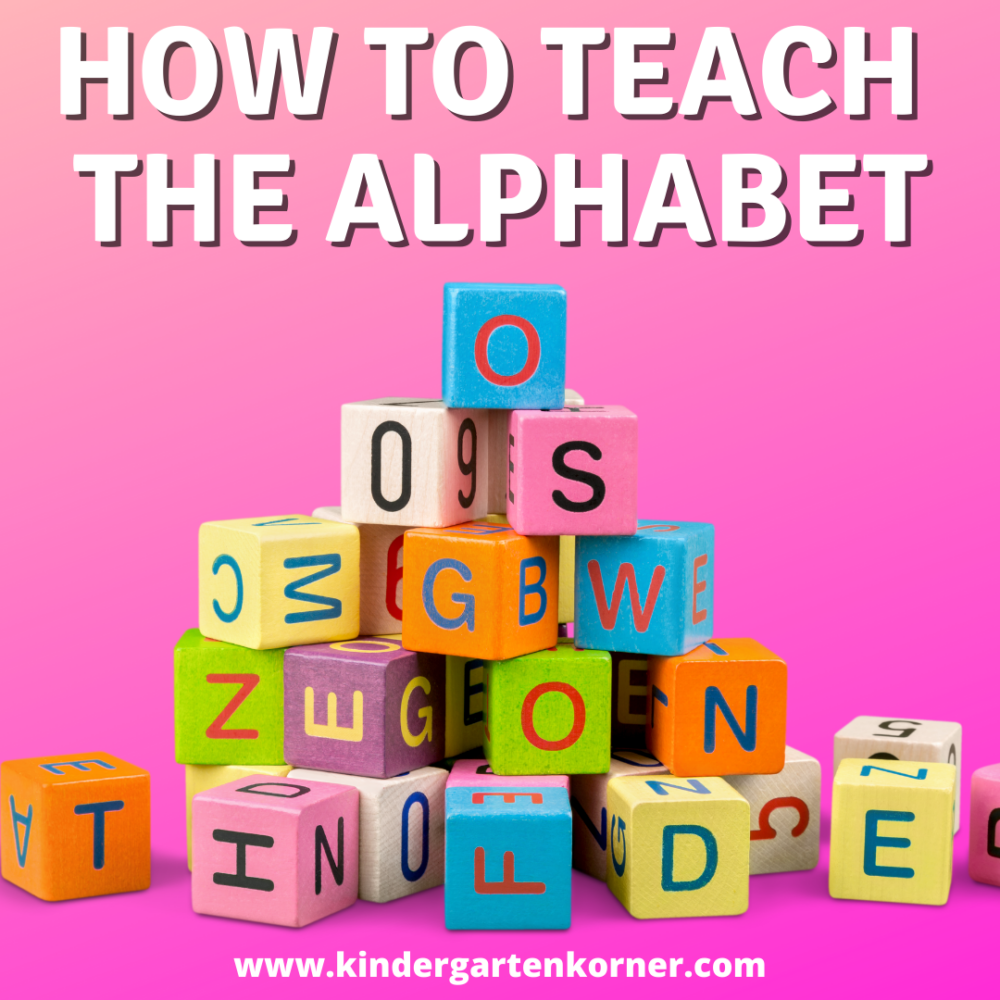
~This post contains affiliate links.
How to Teach the Alphabet
Learning to recognize letters is one of the first steps to success on the path to reading. Often, parents will ask me for tips on how to teach the alphabet. In this post, I will share six ideas for teaching the alphabet using multisensory strategies.
1. Learning the Letters in Your Name
If your child is just beginning to learn letters, one tip is to start with the letters in his or her name. I love this alphabet lacing set because it incorporates fine motor skills with letter recognition, and it is fun for the kids! Pull out the letters in your child’s name. Say the name of each letter as it is placed on the string. Your child can wear the name necklace all day and practice saying the letters in order.
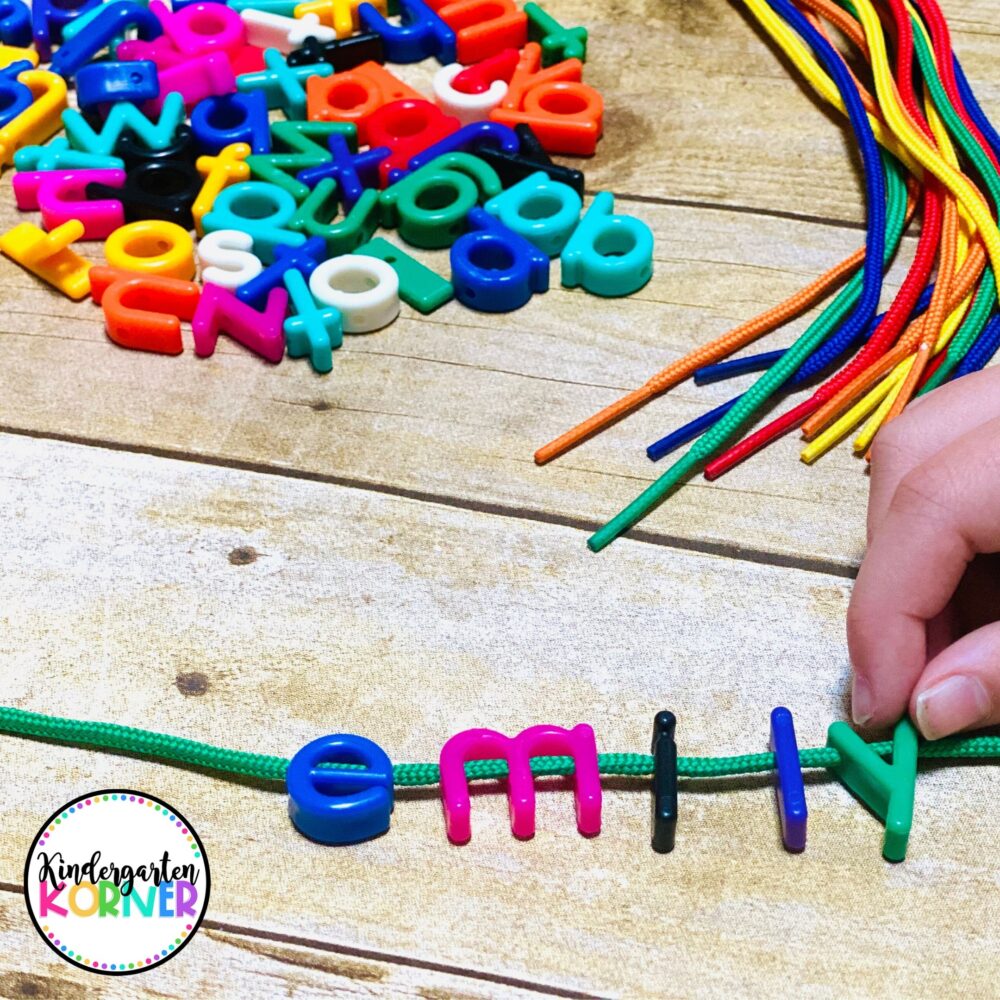
Similarly, I have used these letter beads to string letters, names, and words onto pipe cleaners.
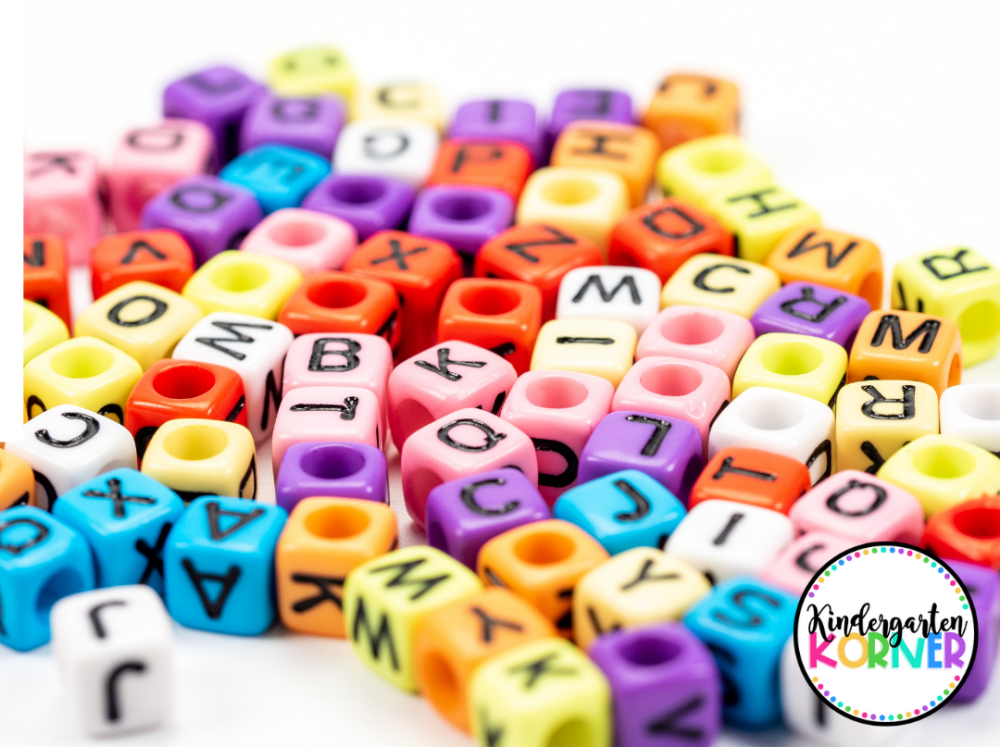
Wikki Stix are another great hands-on activity for children to learn the letters in their names. Simply peel the sticks apart. Help your child bend and shape the letters. Moving from left to right, say each letter name.
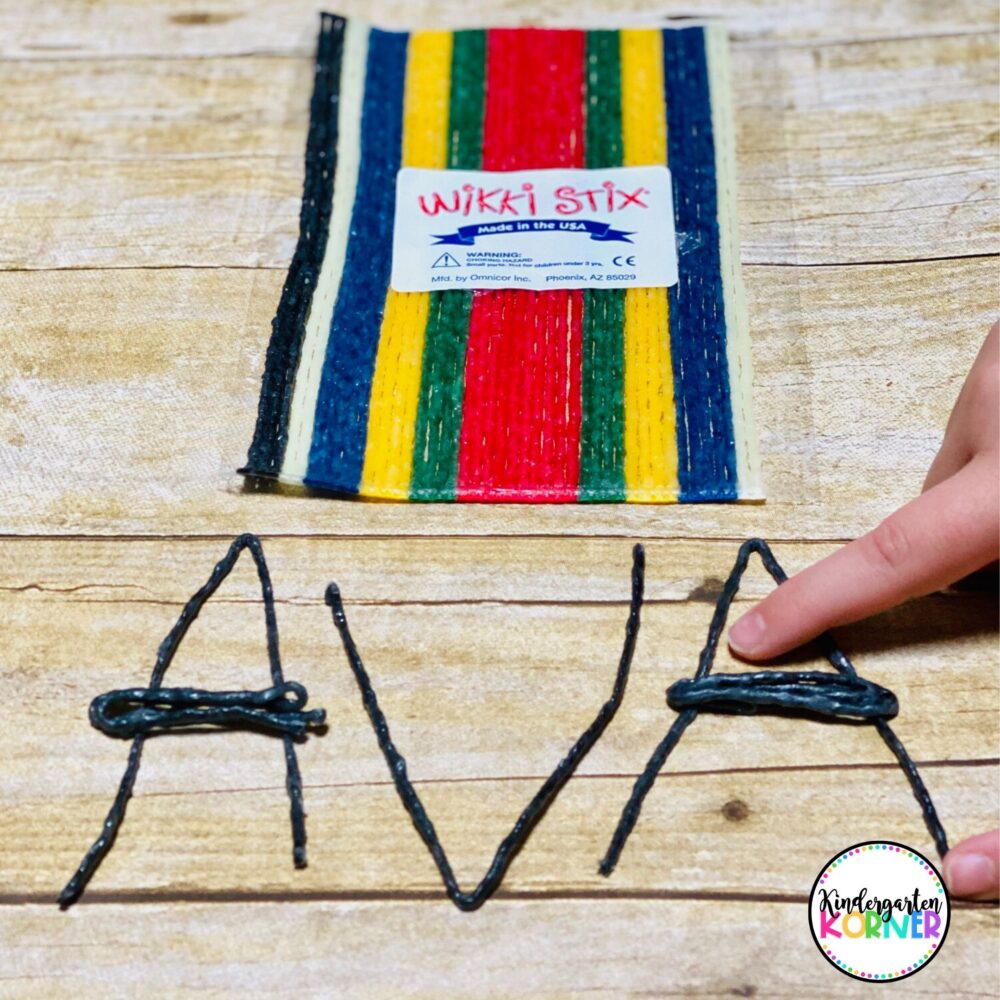
2. Letter Construction Set
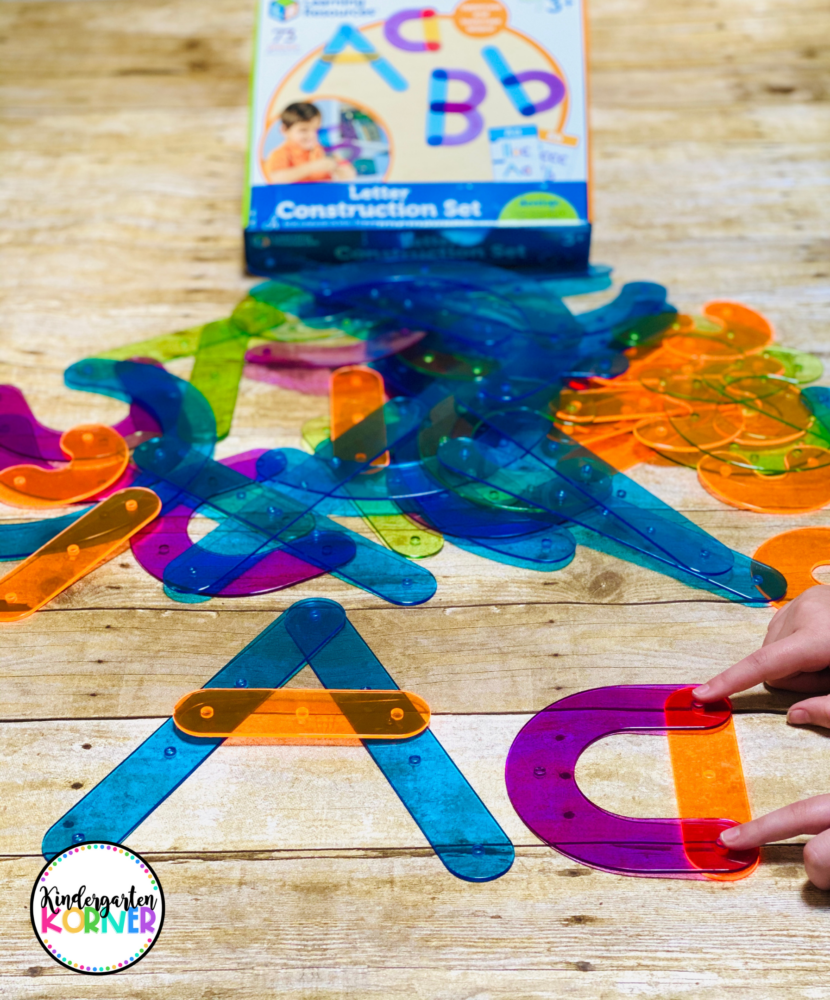
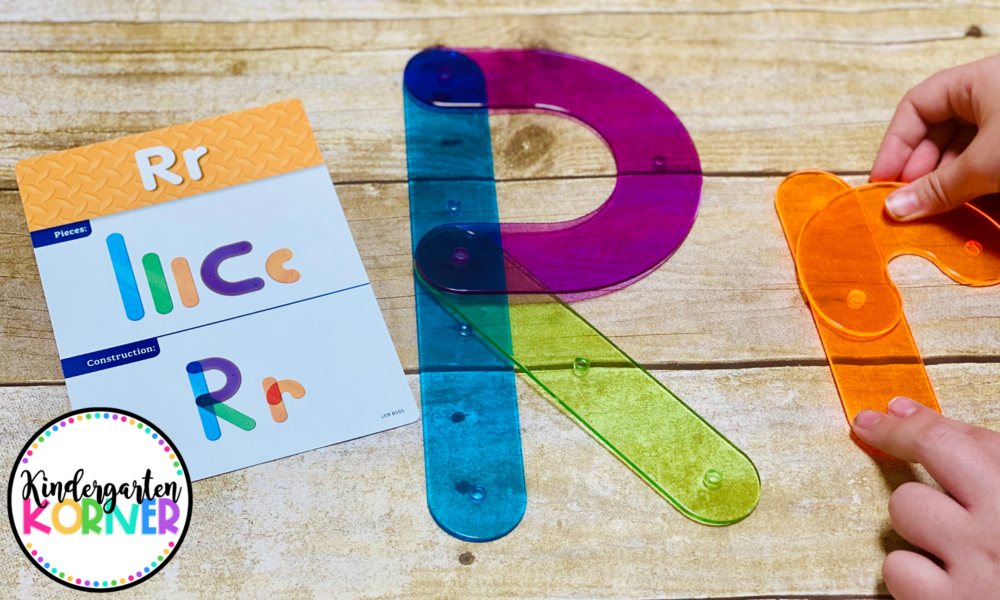
This Letter Construction Set is one of my favorite multisensory activities for learning letters! It reinforces proper letter formation and letter recognition for both uppercase and lowercase letters. When I received this in the mail, I was surprised at how large and sturdy the letters actually are! The set comes with cards that show what pieces are needed to create the letter. My son really enjoys building the letters.
3. Letter Mats
Using letter mats with Play-Doh is another fun way to introduce letters to your child. Simply print out the mats, laminate, or place the sheets in plastic sleeves to use again and again. As your child forms each letter, you again want to have them say the name of the letter. When your child is ready, you can begin to say the letter sound.
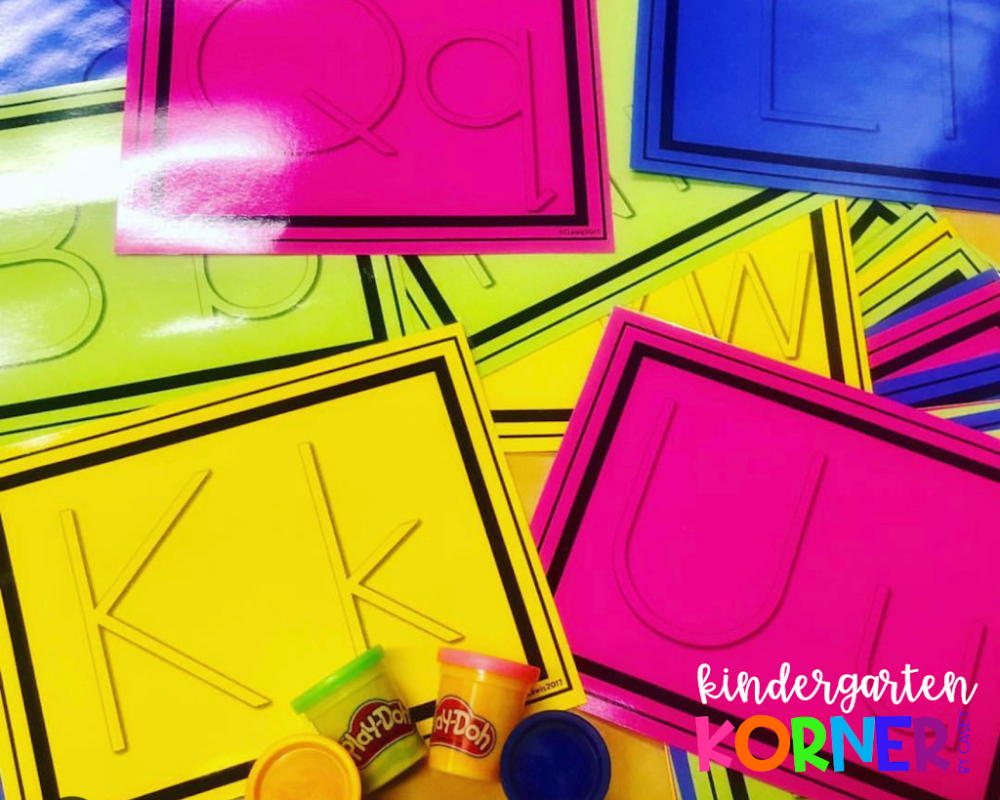
In addition to Play-Doh, the letter printables can be used in so many ways. Print out extra sheets and have your child use crayons, markers or dot art. Painting with Q-tips is fun, too! The possibilities are endless.
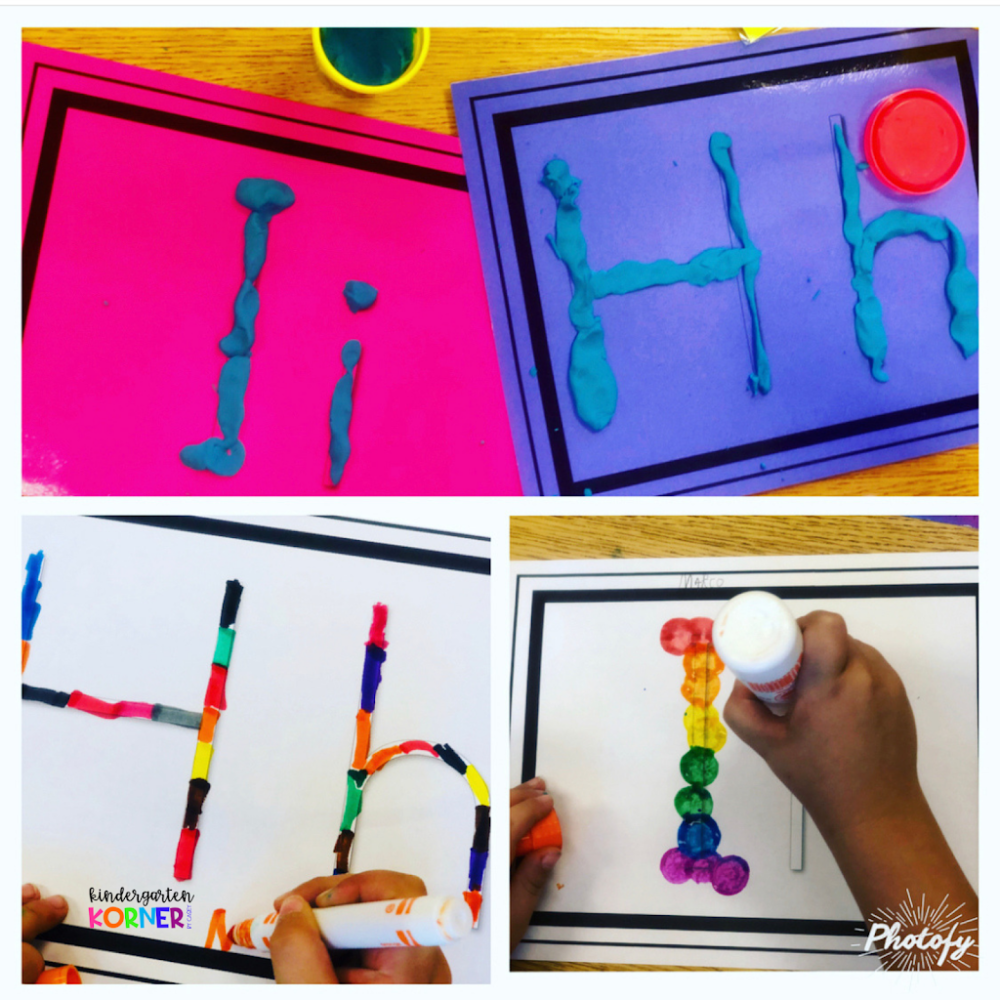
4. Writing in Sand
Writing letters in the sand provides a tactile sensory experience for your young learner. You can write a letter on a post-it, and have your child write a matching letter in the sand. I love using the sand trays at home and in my classroom!
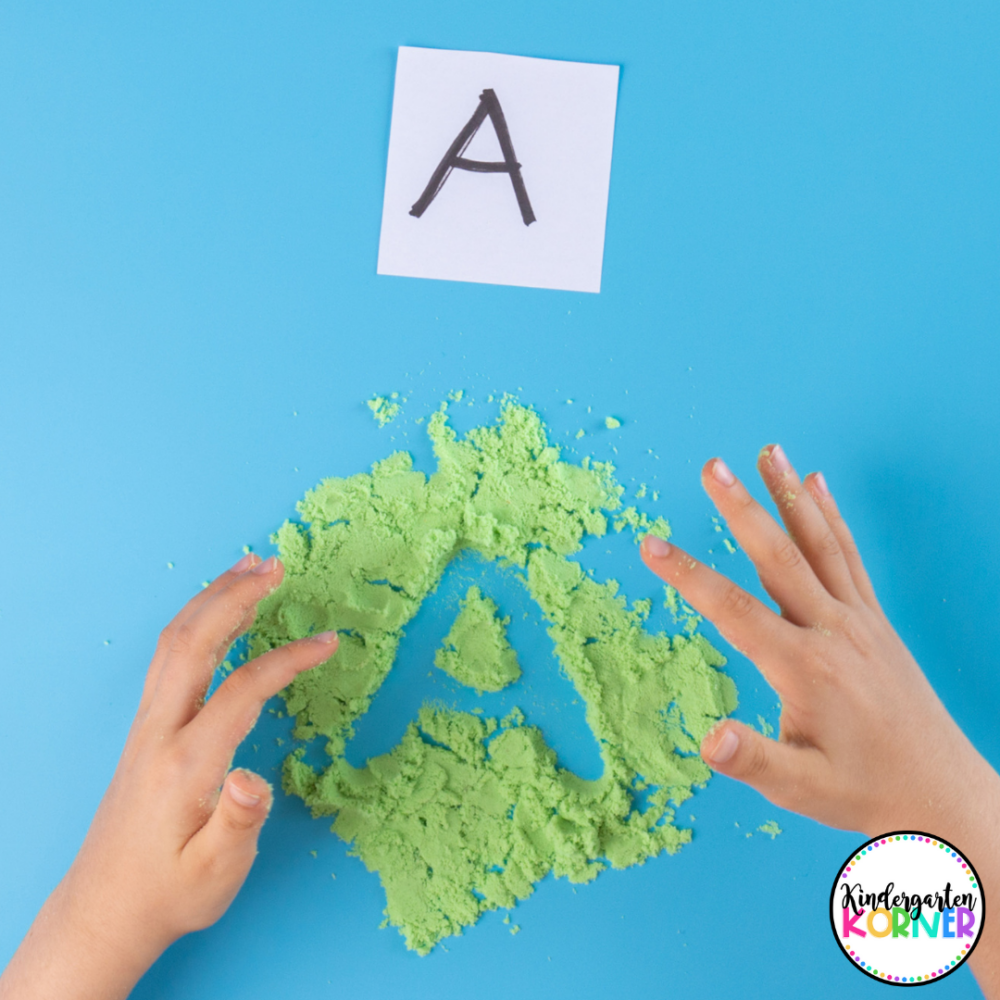
You can also do the same thing with shaving cream at bath time.
5. Letter Puzzle Play Mat
I had this Letter Puzzle Play Mat when my girls were little, and I just purchased one for my son. I love that it provides a comfy play mat and it doubles as a learning activity. You can have your child hop from one letter to the next saying the letter name. Then, try saying a letter and having your child find the letter and stand on it. I also like how the letters come out so that it becomes a giant puzzle. Pop out the letters and have your child complete the puzzle naming each letter as it is placed back into the puzzle.
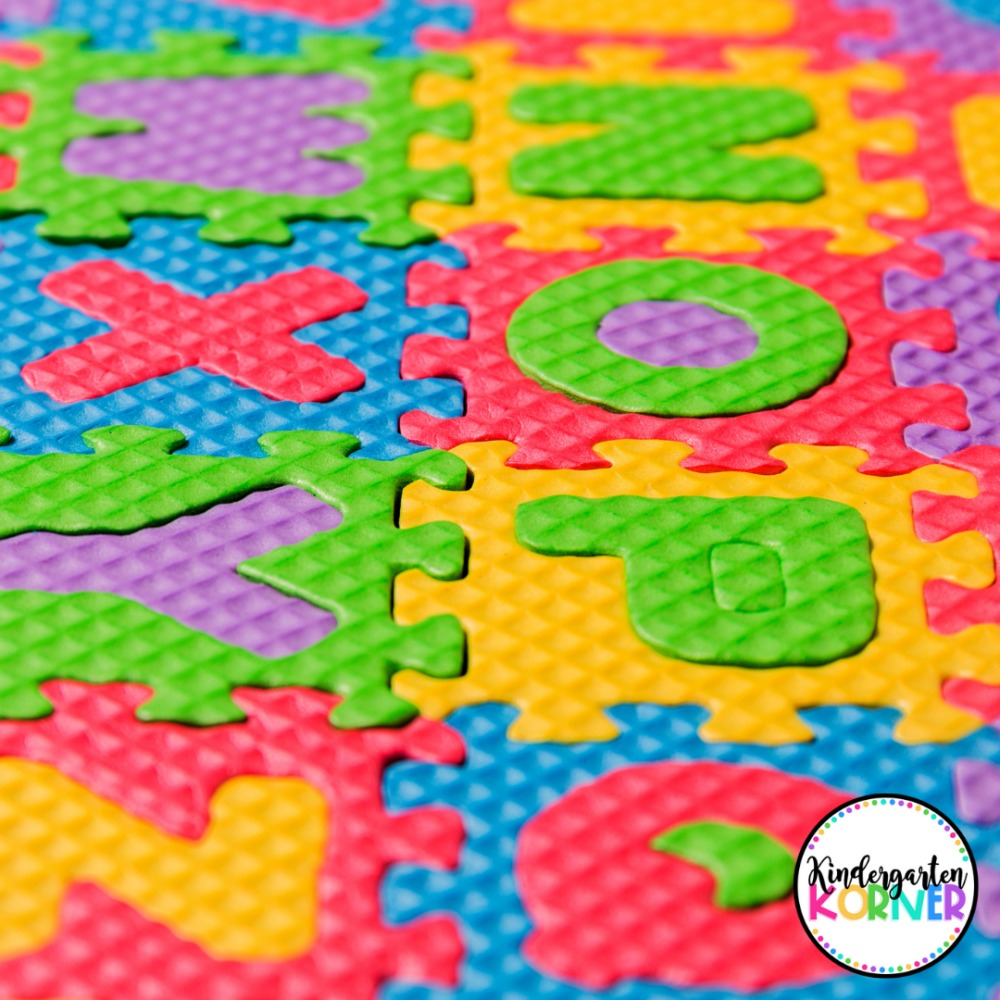
6. Letter Blocks
Building with letter blocks is perfect for young learners. Yet, not all blocks are created equally. I found that many letter building blocks only featured uppercase letters. As a teacher-mom, I recommend investing in resources that show both the uppercase and lowercase letter.
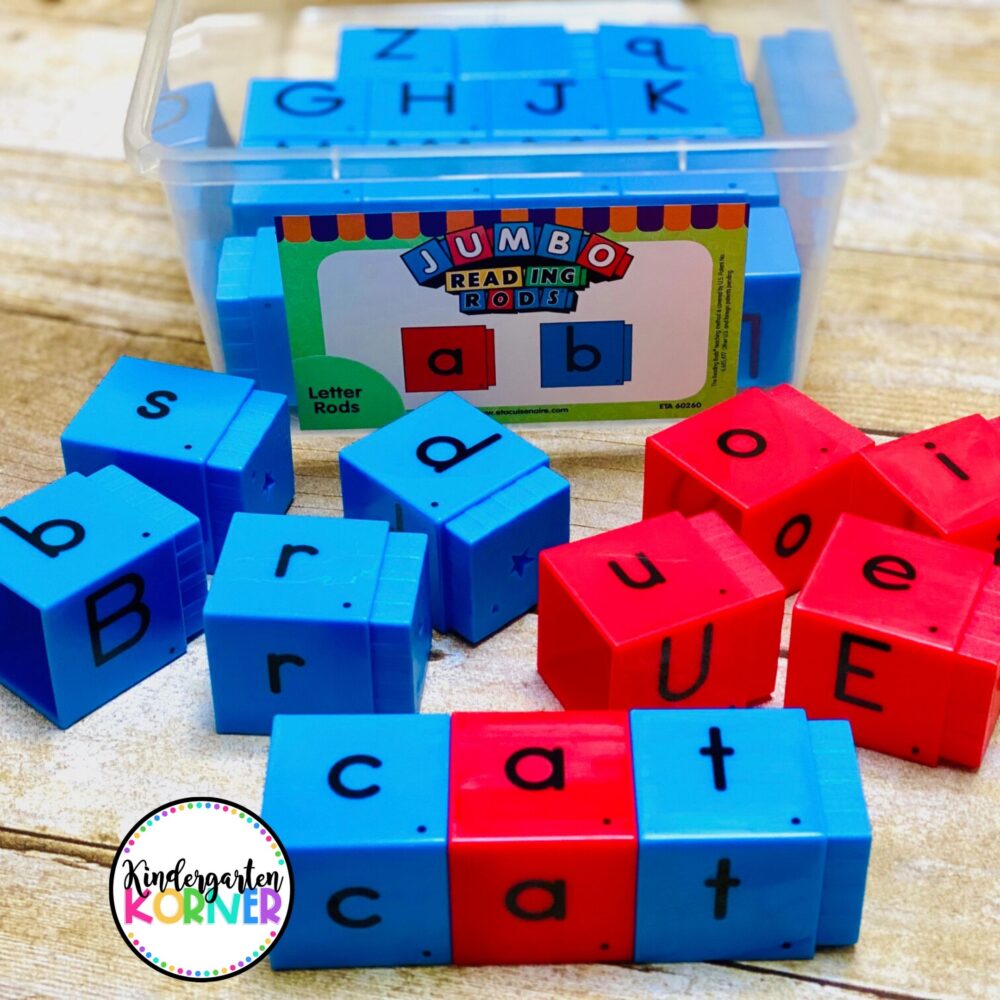
Jumbo reading rods are one of my top picks! They include both uppercase and lowercase letters. This is a learning toy that will grow with your child. You can begin by using the blocks to teach the alphabet. Later, you can use this to help your child build CVC words.
I hope this post has provided some inspiration for how to teach the alphabet using a multisensory approach. In addition to using these hands-on tools that work on letter recognition and fine motor skills, I like to incorporate movement activities and alphabet books. What are your favorite activities for teaching letters? Comment below.
Casey is a wife, mom of three, kindergarten teacher, and founder of Kindergarten Korner. She has 17 years of experience teaching in kindergarten, first, and second grade. She created http://www.kindergartenkorner.com to inspire fellow educators and help guide parents and homeschooling families on their journey throughout the magical kindergarten experience. For more kindergarten inspiration, visit THE BLOG!

